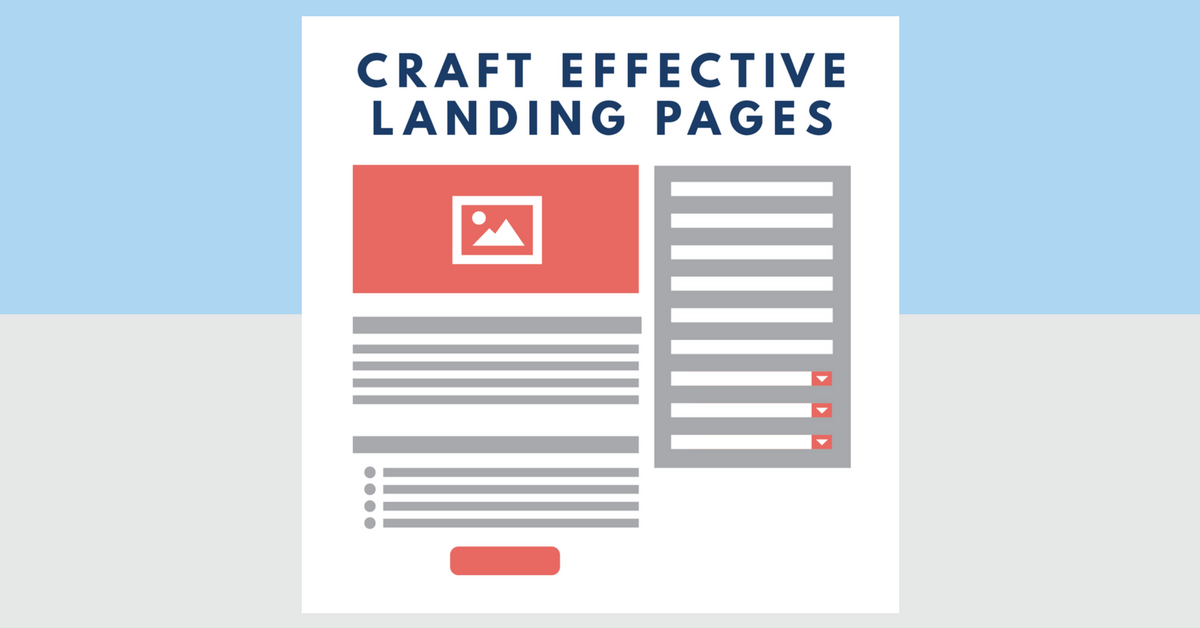Landing pages, and the lead-capture forms that go with them, are without a doubt two of the most critical parts of lead generation. Marketers’ ability to convert website visitors into leads — and generate reconversions — would be severely constrained if they didn’t have them.
This is because landing pages allow us to drive site visitors to more focused pages with a far higher percentage of lead capture than forms on other web pages.
The basis of successful online marketing is having an excellent landing page. It makes no difference how much high-quality traffic your site gets; if your landing page is useless, your business will suffer. To assist you in increasing your conversion rate, we’ve compiled a list of 7 suggestions for creating a successful landing page.
1. Keep It Clean
The overall design of your landing page has a significant impact on the number of conversions your company receives. It’s critical to design your page with your company’s primary goal in mind: making it simple for visitors to engage with what you’re selling. Using strong contrasting colours to distinguish between background, foreground, and call-to-action buttons, aim for easy navigation with a clear hierarchy. Users should be able to readily and clearly see where they need to go.
2. Less Is More
A decent landing page should be easy to understand. Provide visitors with the information they require in order to feel secure in making a purchase. Make content concise so that visitors aren’t overwhelmed, and utilise bulleted lists to make important information quickly scannable.
3. Call To Action
Your site’s visitors will always want to know what they should do next. With your call-to-action buttons, be direct, clear, and assertive. It has been demonstrated that using a strong command word with a sense of urgency increases user reactions. Make use of it!
4. Above The Fold
Make sure your most vital marketing messages are shown above the fold. The space that visitors see before they have to scroll is the most significant part of your webpage. Do not place call-to-action buttons or forms in areas where they must be found.
5. Mobile & Speed
These two factors have a significant impact on the user experience.
If your website is not yet mobile-friendly, you will be missing out on a significant portion of your audience. As of 2018, mobile devices accounted for 51% of all sales.
Time is a valuable commodity. It’s critical to track the time it takes for your landing page to load. The majority of web users will abandon a site that takes longer than 3 seconds to load. You don’t want first-time clients to leave your site and go to one of your competitors because it takes too long to load.
6. Encourage social sharing
Remember to include social media sharing buttons so that your prospects may spread the word about your content and offerings. To keep things simple, only include buttons for the social media platforms your audience utilises. Also, because people have varied sharing preferences, don’t forget to include an email forwarding option. Remember that even if your social media friends never buy from you, someone in their personal network could!
8. Only ask for the information you really need
You might be unsure how much or how little information to ask for in your forms. There is no one-size-fits-all solution, but the ideal compromise is to collect only the information necessary to qualify leads. The lower the number of fields on a form, the higher the conversion rate. This is because each new field you add to a form increases the amount of work the visitor has to do, resulting in fewer conversions. A lengthy form appears to be more labour and is frequently avoided.The more fields you demand, on the other side, the higher the quality of the leads you’ll get because they thought your offer was significant enough to fill out a form. Essentially, the best approach to figure out what form length works best for your company is to experiment with it.
Conclusion
That’s it: 8 easy steps (plus a few more) to developing your most effective landing pages. The key to success is to keep things simple and to constantly have the consumer in mind. In fact, the key lessons are similar to those for online display best practises. With the help of a creative management tool, you can easily develop the ideal landing page and campaign. Using the Easysendy Pro feature, you can easily create effective landing pages for your audiences to turn them into potential customers
Read Also : 3 Mistakes Every Business in Brisbane Should Avoid About SEO

